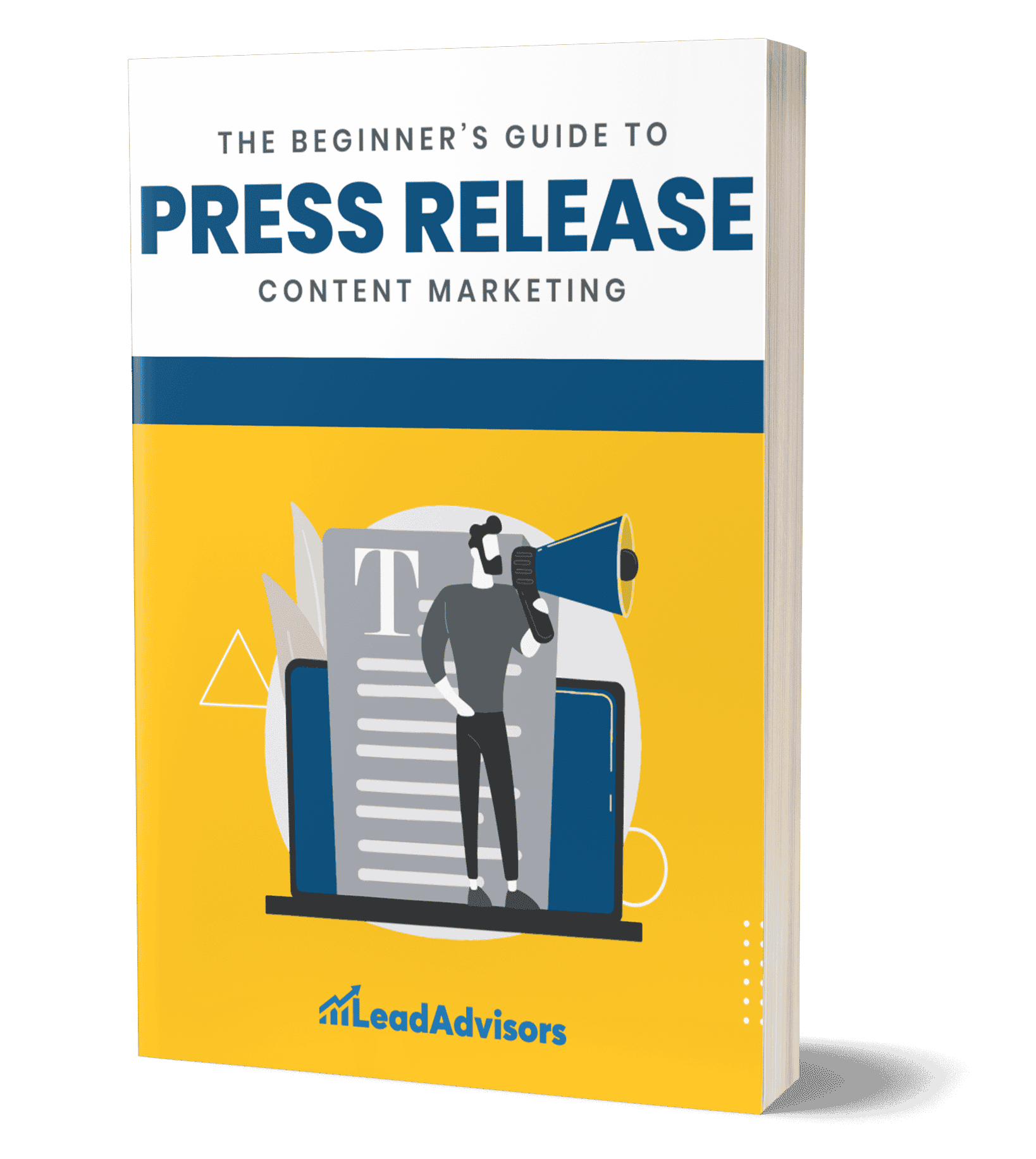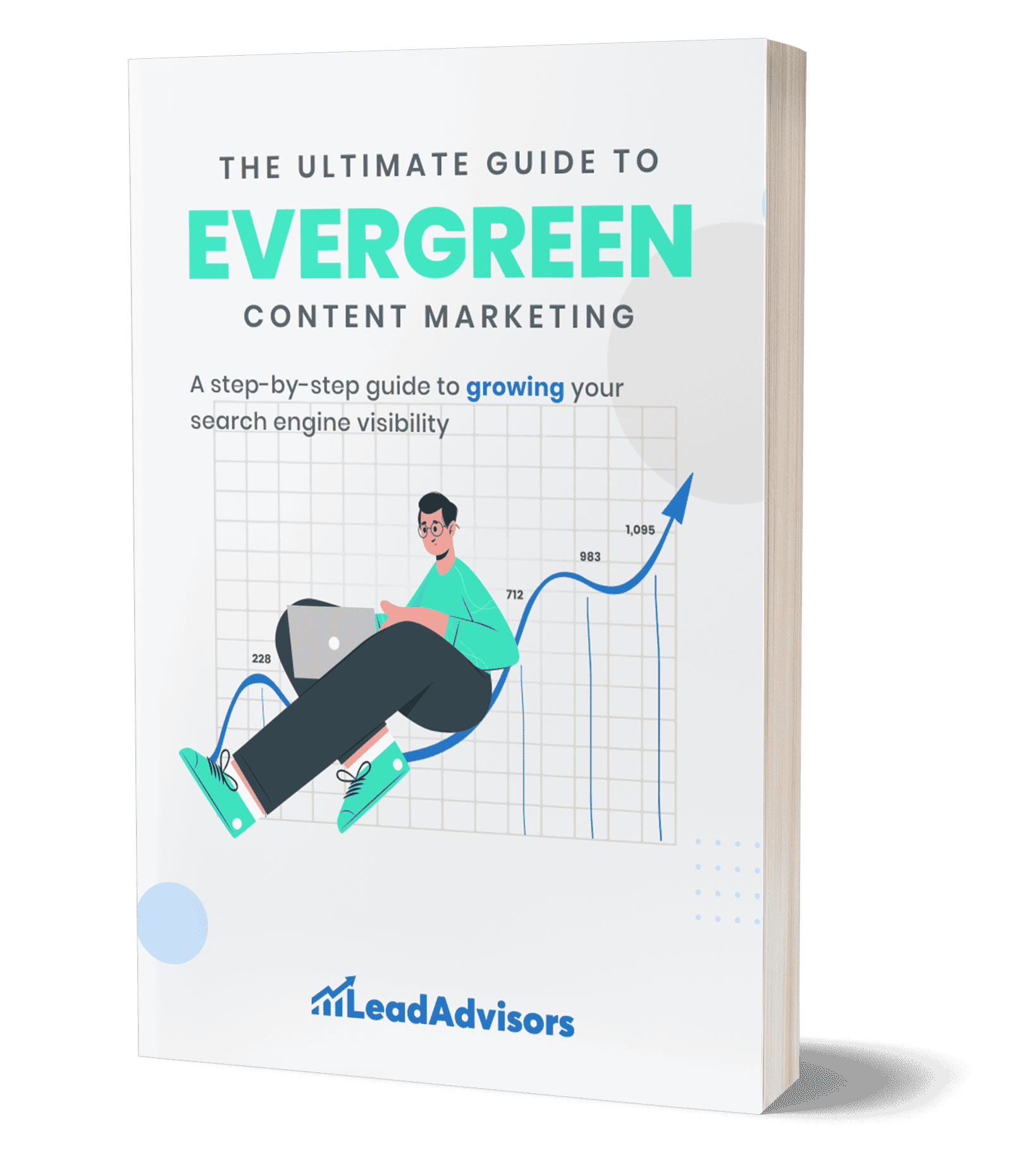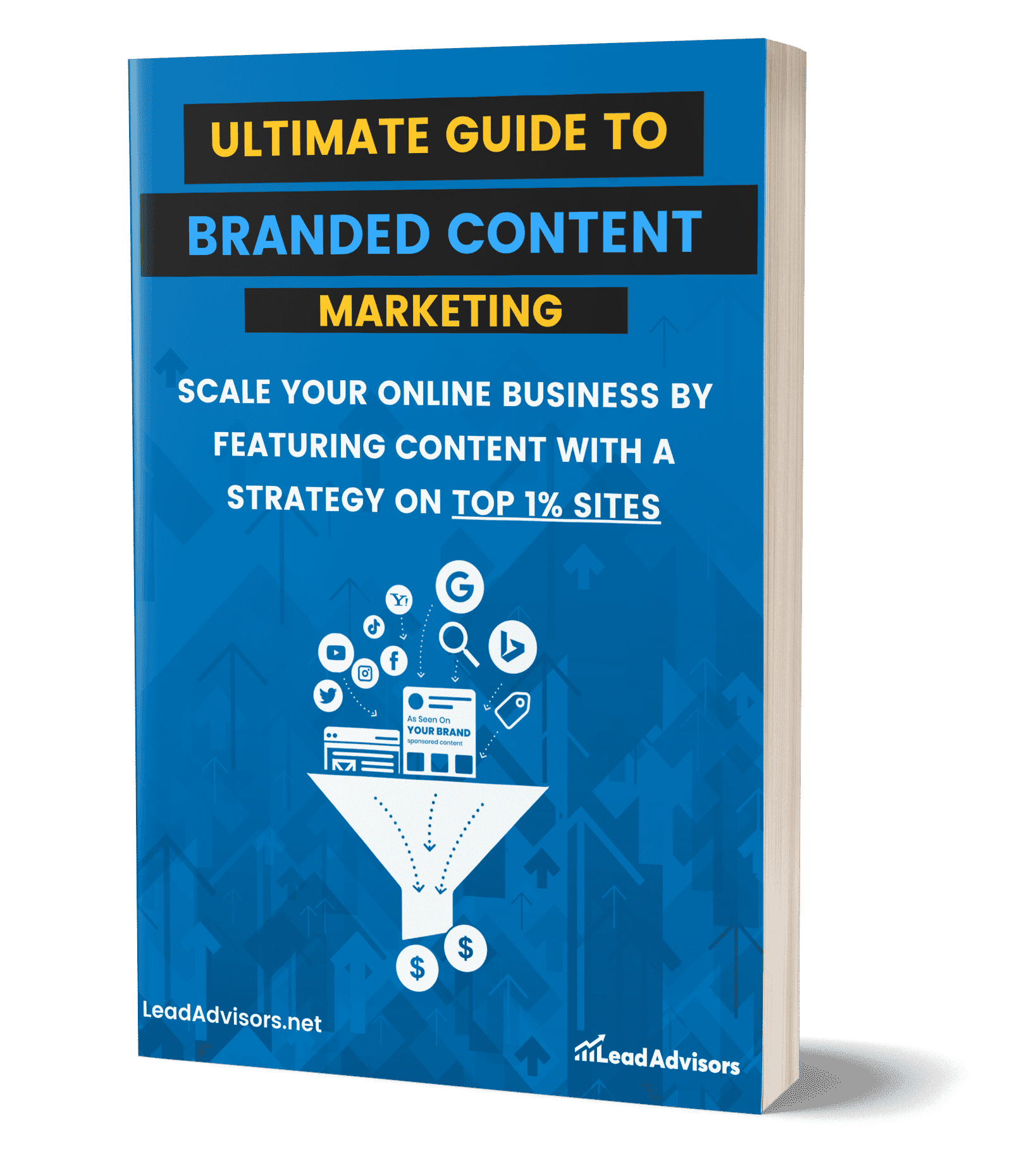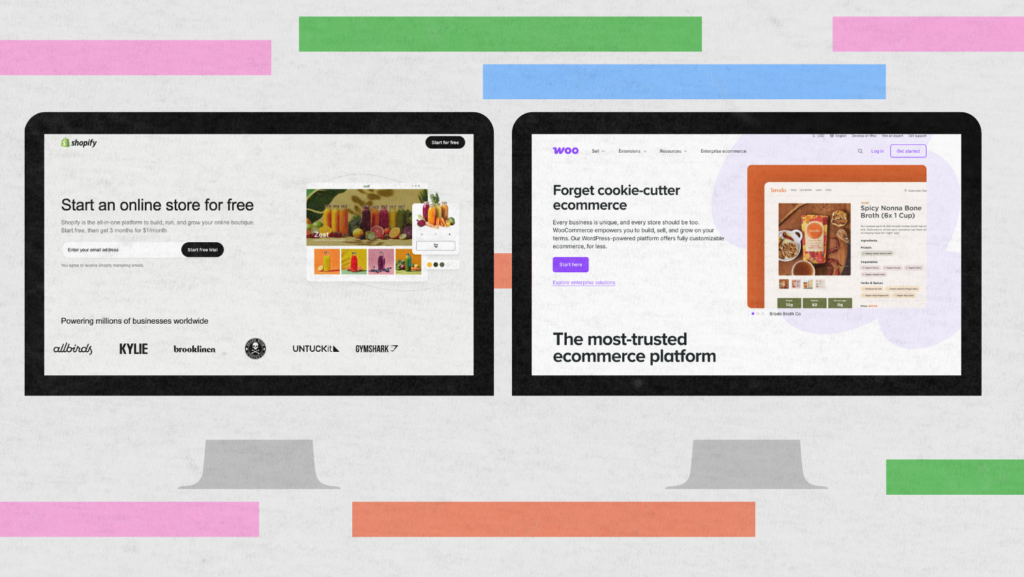Short-form content reigns supreme in today’s fast-paced digital world because it captures the audience’s attention and drives engagement quickly. Short-form content is on the rise in different platforms; it is content that is usually less than two minutes long.
In 2025, video marketing – especially short-form video – has become essential for brands, with over 89% of businesses using video and 98% of marketers incorporating it into their strategies. Short-form videos under 90 seconds engage viewers effectively, with 89% of consumers convinced to purchase products after watching videos.
Marketers report strong returns, with 93% seeing positive ROI and revenue growth 49% faster when using video. Platforms like YouTube, TikTok, and Instagram Reels dominate distribution, and short-form content is expected to make up the majority of internet traffic, reflecting its powerful impact on consumer behavior and marketing success.
These numbers make it clear that short-form content is powerful for engaging viewers and getting your message across quickly and efficiently – a necessity in any contemporary content strategy.
What Is Short-Form Content?
Short-form content refers to concise, easily digestible media that typically lasts under two minutes. This format includes a variety of media types, such as short videos, social media posts, infographics, and memes. Short-form content aims to convey a message quickly and effectively, catering to audiences with limited attention spans.
With the rise of platforms like TikTok and Instagram Reels, short-form content has become a dominant force in digital marketing. This type of content is designed to be consumed quickly and available everywhere, allowing brands to engage viewers rapidly and deliver impactful messages in a brief format.
Types of Short-Form Content
The following section will examine the variety of short-form content and its particular strengths.
Short-Form Videos
The most common type of short-form content is videos. Videos with a short duration, ranging from 15 seconds to 2 minutes, work as a quick way to showcase messages.
Thanks to platforms like TikTok, Instagram Reels, and YouTube Shorts, this trend has taken off and is an excellent way for brands to share fun, snackable content to get more reach and potentially go viral. These videos can display ways to use tools, teach quick how-tos, or show behind-the-scenes of the software, and people will click and watch.
Social Media Posts
As part of the social media marketing plan, bite-sized pieces of organic or paid content go out on platforms like X, Facebook, and Instagram. These posts may contain short text updates, photos, or videos that communicate brief messages or updates in a more palatable format.
They are short and to the point – perfect for quick updates that keep your followers in the loop without exhausting them with too much information. Integrating these updates into your overall strategy is important, since social media has unique benefits and challenges, as discussed in the pros and cons of social media marketing.
Infographics and Memes
Infographics and memes are image-heavy, brief text visualizations that provide information or entertainment in a short period of time. Together, they create eye-catching visuals of complex data related to the content production process. This enables a clearer understanding of the report and a positive sharing with others.
On the other hand, memes contain humor and cultural references to make the content more relatable and engaging to the general public, significantly increasing its possibility of being shared.
Stories on Social Platforms
A temporary combination of text, images, and video is shared on a platform such as Instagram, Facebook, or Snapchat. Normally, they are only online for a day, creating a sense of urgency and exclusivity. Great for yielding small, quick-hit updates, posts promoting new products, or behind-the-scenes – anything that encourages fans to stay right and check back daily, for most of them are content!
Email Blasts and Newsletters
Short-form content is also effective in email marketing. Brief, engaging email blasts or newsletter snippets can capture readers’ attention quickly, delivering key information or promotions in an easy-to-consume format. This approach helps maintain subscriber interest and encourages higher open and click-through rates.
Microblogs and Quick Reads as Short-Form Content
Microblogs and quick reads are short articles or blog-like posts containing valuable information. These shorter links are hosted on platforms like Tumblr and LinkedIn or sections on websites. They are great for sharing quick pieces of knowledge, news, or thought leadership, and do not take up a lot of a reader’s time.
The Benefits of Short-Form Content
When brands undertake these forms of short-form content, they stand to command better and maintain audience interest, better suit platform-niche requirements, and bolster their online marketing strategy.
Short-form content is incredibly versatile, and there are many ways you can get creative with it depending on the strategy you want to apply, given all the possibilities to give users the delicate balance between a push and pull content strategy. These are the advantages of short-form content:
Increased Engagement with Short-Form Content
With busy lifestyles, people have gotten used to browsing content for only a few minutes. These types of content are easy to consume; hence, the audience will engage more deeply. Vidyard found that videos of less than two minutes hold a 50% retention rate, while the longer videos do not even hit a 30% rate.
This quick turnaround is essential to retaining users on the platform and getting them to engage with the content, whether by liking, sharing, or commenting.
Short-form content Is Easy to Consume
We are in an era of short attention spans, so audiences prefer short-form content. According to a report, the average human attention span has fallen to eight seconds. Short and sweet content also caters to this trend, as people often look for quick, easily digestible content that they can view on the go without much effort.
Cost-Effective Production
Short-form content is often less costly to produce than longer formats and can easily fit with a company’s social media branding. This consumes fewer resources and time and enables brands to distribute content more often. This efficiency allows marketers to continue to show up frequently and pivot into new trends without a major monetary commitment.
Short-Form Content Is Versatile Across Platforms
Not only is short-form content versatile, but it also travels well from platform to platform. Due to its customizable nature, short-form content is made for a variety of platforms, meaning it can be delivered in a way that matters and meets the preferences of specifically designed channels, from TikTok and Instagram Reels to X and Facebook. It allows you to reach the broadest possible audience while ensuring the content resonates with various viewers.
Better Mobile Experience with Short-Form Content
Since most content hubs use content from mobile, short-form content is the platonic ideal of mobile content consumption. Short & crisp videos and posts will load faster and are easier to watch on smaller screens. A better smartphone experience that its diverse mobile audience will enjoy using more frequently.
Enhanced Shareability with Short-Form Content
Short, shareable stories can be easily distributed across networks, so they are seen by thousands, even tens of thousands, of potential users. This potential for virality can help you get a lot of exposure and direct that traffic to your website or social profiles.
Brands can leverage all the mentioned benefits to effectively engage their audience and increase the efficiency of their marketing strategies, ultimately reaching their content strategy goals.
How to Make Great Short-Form Content
Short-form content serves as a snapshot of a larger piece, and to keep up with this trend, you need to have a plan in place to ensure your content is timely, informative, and engaging to your audience as a whole. Follow these steps to generate great short-form content:
Know Your Audience Before Making Short-Form Content
Creating effective content starts with knowing your audience. Research their preferences, behaviors, and pain points. Use analytics tools, conduct polls, and use social listening to enrich your data. Tailoring content to the interests and needs of your target audience will also help you engage with your customers.
Using techniques like content segmentation ensures that each piece resonates with the right audience segment.
Focus on a Single Message
Keep your message simple and one message at a time – do not overload the audience. Certainly, figure out the key message you want to convey and ensure that your media directly correlates with it. Simple and focused messaging is easy to remember and has a strong impact.
Use Eye-Catching Visuals for Short-Form Content
Inclusion of relevant, high-quality images, graphics, and videos. To get noticed, your content should include vibrant colors, creative fonts, dynamic arrangements of images/CTAs, etc. These elements catch your attention but also help your eye comprehend the information they serve to convey.
Craft Compelling Headlines
A killer headline alone will attract many viewers. Use short, captivating, and audience-centric headlines. Generally, make them compelling and use action words and emotional triggers.
The headline is the face of your content and invites other people to click through. Strong, keyword-focused headlines not only grab attention but also support SEO, and smart keyword placement can significantly improve visibility.
Incorporate Calls to Action
Use clear calls to action (CTAs) and direct your audience to what they can do next. CTAs – Calls to Action – tell followers what to do next, whether to like, share, comment, visit the site, etc. Keep your CTAs short and sweet, and sprinkle them throughout your content.
Optimize for Mobile Viewing
Since a large portion of users are mobile, it’s crucial to optimize your short-form content for mobile viewing. Make sure your pages load quickly. They should also be legible on small screens and playable on mobile devices. Hence, this optimization will enhance the user experience and increase the likelihood of engagement.
Leverage Trends and Hashtags
Stay current by leveraging trending topics and hashtags relevant to your industry or audience. Participating in trends can increase the visibility of your content and connect you with a broader audience. However, to maintain authenticity, ensure that the trends and hashtags you use are relevant to your content.
Test and Iterate Short-Form Content
Always test content to find the topics the audience loves most. Test across different formats, messages, and creative visuals. Leverage analytics to monitor performance and collect feedback. Use the data to refine your content strategy and evolve it over time. Conducting a content gap analysis can also reveal missed opportunities and help you optimize future short-form pieces.
Keep it Authentic
Authenticity is connecting with your audience, but too many companies seem to think their messaging needs to be perfect and polished. Therefore, these turned out to be insincere. Reveal your brand’s personality and values by making them relatable and trustworthy.
Real content is what will more than likely click with the crowd and convert them into long-winded attentiveness.
Short-Form Content Platforms
Your choice of platforms is key to maximizing the reach and impact of your short-form content. This section provides a general overview of major platforms on which short-form content thrives and a brief rundown of their individual features and benefits.
TikTok and Instagram Reels
TikTok and Instagram Reels are reigning champions for short-form (15 seconds – one minute) video creation and sharing. These platforms have algorithmically led discovery mechanisms that make videos more likely to go viral.
TikTok and Instagram Reels are great ways of showcasing creative, engaging content, especially when that content is visually striking and can be consumed quickly. If it follows certain steps, good content can go viral and become famous.
X and Facebook
X and Facebook are excellent for short-form text, images, and multimedia posts. X’s character limit encourages concise messaging, while Facebook’s diverse post options allow for a mix of text, photos, videos, and links. Both platforms are effective for sharing quick updates, engaging with followers, and participating in trending conversations.
YouTube Shorts
YouTube expanded to embrace the short-form video content that originated on other platforms with a feature known as YouTube Shorts, which allows for videos up to 60 seconds long. Likewise, Shorts tap into YouTube’s huge user base and search power, making it a potent tool for increased reach. They are ideal for short tutorials, product teasers, and other catchy video snippets.
Snapchat
Snapchat was the first app to popularize short-form content, using its Stories feature to self-destruct after 24 hours. Moreover, Snapchat, known for its younger demographic, is perfect for behind-the-scenes footage, real-time updates, and brief, high-engagement visuals that encourage a quick response or give fans the feeling of exclusivity in your content.
Short-form content, including LinkedIn Stories and short update posts, is becoming more popular on LinkedIn. It is better suited for professional/B2B content, sharing industry observations, company updates, and thought leadership in a condensed form.
Pinterest also caters to short-form content with pins and idea pins that bundle images, text, and short videos together. This platform works especially well for visual identity for DIY, recipes, fashion, and lifestyle-type videos. Pinterest permits imaginative, visual-driven short-form content that prompts your site.
Medium and Tumblr
Medium and Tumblr are platforms for content writing, such as microblogs and unplanned reads. They are great for short articles, posting quick thoughts, and light reading. Medium has a reputation for well-written, thoughtful pieces with an active readership, while Tumblr naturally encourages shorter, looser content and takes well to graphics and visuals.
Measuring the Success of Short-Form Content
Measuring the impact of your short-form content is incredibly important to determine whether your current strategies are working and help you refine your approach in the future. We will then break down the vital metrics and ways to measure the performance of short-form content.
Short-Form Content Engagement Metrics
Engagement metrics are essential indicators of how well your content resonates with your audience. These include likes, shares, comments, and retweets. High engagement rates suggest that your content is appealing and encourages interaction. For example, on platforms like Instagram and Facebook, the number of likes and comments can provide insights into audience reactions and preferences.
View Counts and Watch Time on Short-Form Content
View counts and watch time are particularly important for short-form videos. Additiiew counts indicate how often your content has been watched, while watch time shows how much viewers have spent on your video. High view counts and extended watch time suggest your content attracts and retains viewers’ attention. For instance, YouTube Shorts and TikTok analytics provide detailed information on these metrics, helping you understand audience engagement levels.
Conversion Rates
Conversion rates measure how effectively your short-form content drives desired actions, such as website visits, sign-ups, or purchases. By tracking conversions, you can assess the direct impact of your content marketing efforts on your business goals. Tools like Google Analytics can help track conversions by setting goals and monitoring the behavior of users engaging with your content.
Audience Retention
Audience retention measures how long viewers stay engaged with your content. whether sponsored or not. High retention rates indicate that viewers find your content compelling enough to watch it through to the end. This metric is especially important for video content, where platforms like YouTube provide detailed retention graphs showing where viewers drop off.
Click-Through Rates (CTR)
Click-through rates (CTR) measure the percentage of viewers who click on links within your content. A high CTR indicates that your content effectively motivates viewers to act further. This is particularly relevant for social media posts and emails, where you can track how many users click on embedded links.
Social Shares and Virality
The number of social shares and the virality of your content can significantly amplify its reach. Viral content spreads quickly across platforms, reaching a broader audience. Tracking social shares helps you understand your content’s shareability and broader impact. Tools like BuzzSumo can help you analyze how widely your content has been shared.
Follower Growth
An increase in followers on your social media platforms can be an indirect measure of your content’s success. Thus, engaging and high-quality short-form content can attract new followers, indicating growing interest in your brand. In summary, monitoring follower growth alongside content performance metrics provides a comprehensive view of your content’s impact.
Sentiment Analysis
Sentiment analysis involves assessing the tone and emotional reactions in the comments and feedback on your content. Positive sentiment indicates that your audience resonates well with your content, while negative sentiment may highlight areas for improvement. Tools like Brandwatch or social media analytics platforms can help you analyze sentiment.
Traffic and Referral Sources
Analyzing the traffic and referral sources to your website from short-form content helps you understand which platforms and types of content drive the most visitors. Google Analytics can then provide insights into where your traffic comes from and how users interact with your site after engaging with your content.
Tips on How to Make Good Short-Form Content
To create compelling short-form content, you need elements like creativity, strategy, and an idea about your demographic working together. This section shares some tips on how to make good short-form content.
Keep It Simple and Focused
Your short-form content should communicate a clear, high-level message. Focus on one main idea or takeaway and ensure that every element of your content supports this message. Avoid unnecessary details that can distract from the core message.
Start with a Strong Hook
Hook the audience’s interest in the first 5 seconds. Significantly, use a controversial question, interesting fact, or engaging image. A good hook encourages readers to check out the rest of your content.
Use High-Quality Visuals
Short-form content is all about visuals. Adding high-quality images, videos, and graphics can make your content more appealing. In particular, add a splash of bright color, incorporate dynamic compositions, and ensure your visuals are strong and easy to read for increased engagement and content that pops.
Leverage Trends and Hashtags
Stay updated with the latest trends and hot hashtags and incorporate them into your content. Participating in these can raise your visibility and let your content reach a wider audience. However, be sure that the trends and hashtags do not deviate from your message and audience.
Be Authentic and Relatable
Authenticity resonates with audiences. Show your brand’s personality and values in your content. Overall, use a conversational tone and relatable scenarios to connect with your audience personally. Authentic content fosters trust and engagement.
Optimize for Mobile
Over two-thirds of short-form content is mobile. When creating content, it is ensured that it is viewable optimally on mobile devices, e.g., uses a vertical (or horizontal) format, contains a readable font size, and is quick to load. If using a mobile-first approach, MAMB (Mobile-Accessible-Mobile-Better) ensures the best user experience and the most available.
Add a Clear CTA
Tell your audience what to do next via a clear call to action (CTA). Whether liking, sharing, commenting, or visiting your website, a CTA helps increase activity with your content and hit your content goals. Keep your CTA Clean and Simple.
Play with Formats
Experiment with different types and find out which ones resonate the best with your audience. In addition, spend your time on short video advertising, GIFs, infographics, or quick, small text posts. This can attract different parts of your audience and keep things interesting in your content.
Add Captions and Subtitles
They make your content accessible to a broader audience: the people who watch videos on mute with captions on and the hearing-impaired. In the text, you can emphasize the most personalized points and drive your message more powerfully.
Refine Your Strategy with Data and Analytics
Use analytics tools to analyze the performance of your short-form content regularly. Track metrics such as engagement rates, view counts, and shares to understand what resonates with your audience. Use these insights to refine your content strategy and improve future content.
Team Up With Influencers And Users
Collaborating with influencers and encouraging user-generated content can extend your reach and ranking on Google. Influencers can bring their audience to your content, while user-generated content fosters community and engagement.
Beyond social platforms, tactics like guest blogging can further amplify reach and strengthen your brand authority. Highlighting user content also shows appreciation and builds stronger connections.
Frequently Asked Questions
How often should brands post short-form content?
Can short-form content work for B2B companies?
Is it necessary to use professional equipment for short-form content?
How can short-form content support long-form content?
What mistakes should be avoided when creating short-form content?
Conclusion
Short-form content has emerged as a powerful tool for engaging audiences and driving marketing success in the dynamic and fast-paced digital landscape. By focusing on delivering concise, visually appealing, and impactful messages, brands can more effectively capture and retain audience attention.
Leveraging the unique strengths of short-form content, whether through videos, social media posts, or infographics, can lead to increased engagement, higher conversion rates, and enhanced brand visibility. By understanding your audience, using high-quality visuals, and incorporating clear calls to action, you can create short-form content that resonates and delivers results.
Embrace the strategies and tips this guide outlines to optimize your short-form content and elevate your digital marketing efforts.


















